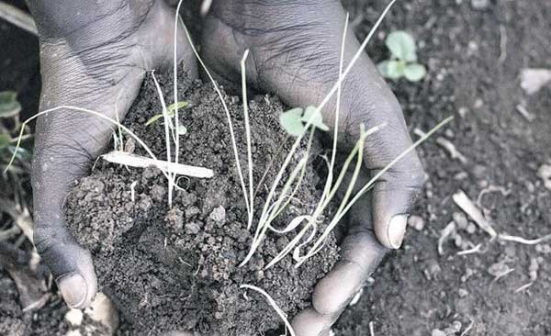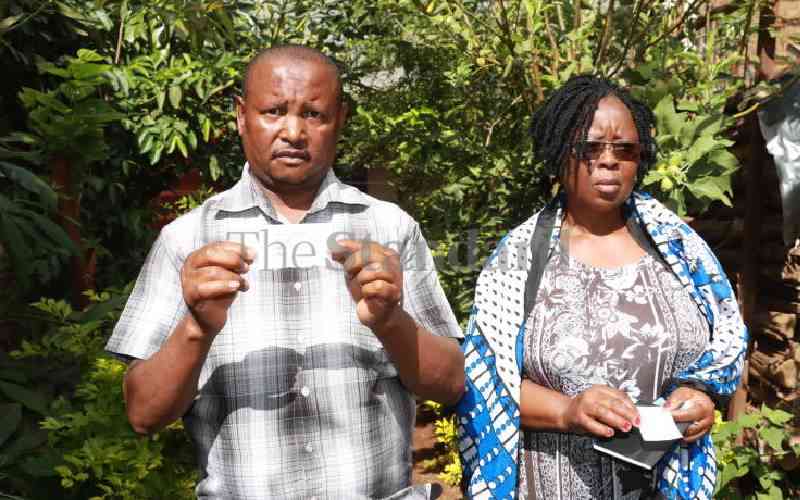
Proper nutrition is essential for satisfactory crop growth and production. The use of soil tests help to determine the status of plant available nutrients and develop fertiliser recommendations to achieve optimum crop production. The profit potential for farmers depends on producing enough crop per unit area and keeping production costs below the selling price. Efficient application of the correct types and amounts of fertilisers for the supply of the nutrients is an important part of achieving profitable yields.
Importance of soil test
Soil test results will determine your soil type, pH, level of organic matter and provide you with a reading of nutrients including phosphorus, potassium, calcium and magnesium. The results will also provide a recommendation for nitrogen and will determine how much lime should be applied based upon the type of plant you specify.
Often our garden soils are rich and productive, needing little or no enhancements. Others may be poor soils or depleted, needing to be replenished.
Approaching plant care without conducting a baseline soil test may put gardeners at the risk of over fertilisation. This not only can have negative effects on plant growth but also creates an imbalance in the soil environment and increases cost of production. Based on your soil test results, you will receive a customised fertilization programme to meet the needs of your plants and safeguard the environment.
Finding a laboratory:
Try to find a testing facility within your region as it will have more experience working with the kinds of soils in your garden. A local testing facility is likely to have more accurate and useful recommendations since it probably knows what has solved problems elsewhere in the same area.
At times you may need to obtain sample reports from several facilities to compare. Determine if it’s the right kind of information, presented in a format that you can understand.
Don’t overlook government agencies such as local extension service. If they can’t test the soil, they will be able to refer you to an agency that can. Many universities maintain soil laboratories and offer soil testing.
Home testing kits are available but generally only test for nitrogen, phosphorus, and potassium. There are 11 other essential nutrients so these tests are limited.
How long before I receive my test results?
You should receive test results in about two weeks. The lab analysis takes three to five working days from the time samples are received. Remember, recommendations are in amount of nutrient needed, not amount of fertiliser to be applied. Your results will also include an area calculator that will help you determine how many square feet or metres you need to apply fertiliser.
How do I take a soil sample?
The soil testing laboratory will give you specific instructions for collecting, packing and delivery of the samples. In general, you will need to take several samples from different areas. To start, determine which garden area you would like to test.
Stay informed. Subscribe to our newsletter
Using a spade or trowel, collect 10 random soil samples from the area. Each sample should be a slice of soil as deep as the plant roots go (3 to 4 inches deep for lawn; 7 inches deep for gardens and all other plants).
Take samples in areas that are problematic as well as those that do well. It’s important not to contaminate samples: brass, bronze, and galvanised tools and containers should not be used. These can release copper and zinc into the samples, skewing the results. Remove plant debris, roots and thatch from the sample.
Combine the ten random samples in the pail, mix thoroughly and remove approximately one cup of mixed soil. If the soil is wet, spread it on paper and allow it to air dry overnight before filling the sample bag. Do not use artificial heat as it will skew test results.
Some of the basic tests include; Cation exchange capacity (CEC) test which determines how much calcium, magnesium, potassium, and nitrogen in the form of ammonium is available. These elements are interrelated and an imbalance of one will lead to imbalance of another.
Also it is used to determine what to add to change pH when the problem is not calcium related
Organic matter content test: Organic matter provides a place for the soil organisms to function, breaking down the fertilisers and making them available to plants. Reported on a percentage basis, most garden soils have around four to eight per cent. This is a good number to watch over time as it should trend upwards.
The pH is another test; it has a strong influence on nutrient uptake, especially phosphorous. This test determines where garden soil falls on a scale from alkaline to acidic. A pH of 7 seems best. Nutrients test shows the availability of each nutrient. Most laboratories put emphasis on nitrogen since this is the most common limiting nutrient for farmers and gardeners. Plants use more nitrogen than other nutrients and it can be replenished easily.
Other tests: Some laboratories will test for local conditions, such as sodium in areas prone to flooding by salt water.
To conclude, make certain the laboratory knows the size of your garden so they can adjust their recommendations accordingly. Let the lab know if you are an organic gardener and ask for recommendations using organic fertilisers.
Any decent laboratory will spend time explaining the results of the test and their recommendations based on the test.
Agricultural extension officers can also be a helpful resource for information or clarification. If possible, have a second test done. The first test will establish a baseline and the second will begin to illuminate trends.
The writer is a consultant/expert on sustainable agriculture and agricultural innovations
 The Standard Group Plc is a
multi-media organization with investments in media platforms spanning newspaper
print operations, television, radio broadcasting, digital and online services. The
Standard Group is recognized as a leading multi-media house in Kenya with a key
influence in matters of national and international interest.
The Standard Group Plc is a
multi-media organization with investments in media platforms spanning newspaper
print operations, television, radio broadcasting, digital and online services. The
Standard Group is recognized as a leading multi-media house in Kenya with a key
influence in matters of national and international interest.
 The Standard Group Plc is a
multi-media organization with investments in media platforms spanning newspaper
print operations, television, radio broadcasting, digital and online services. The
Standard Group is recognized as a leading multi-media house in Kenya with a key
influence in matters of national and international interest.
The Standard Group Plc is a
multi-media organization with investments in media platforms spanning newspaper
print operations, television, radio broadcasting, digital and online services. The
Standard Group is recognized as a leading multi-media house in Kenya with a key
influence in matters of national and international interest.







